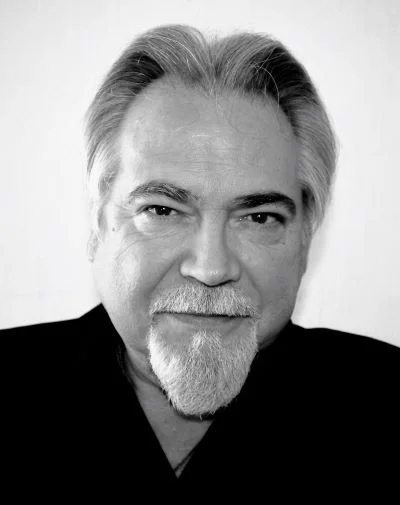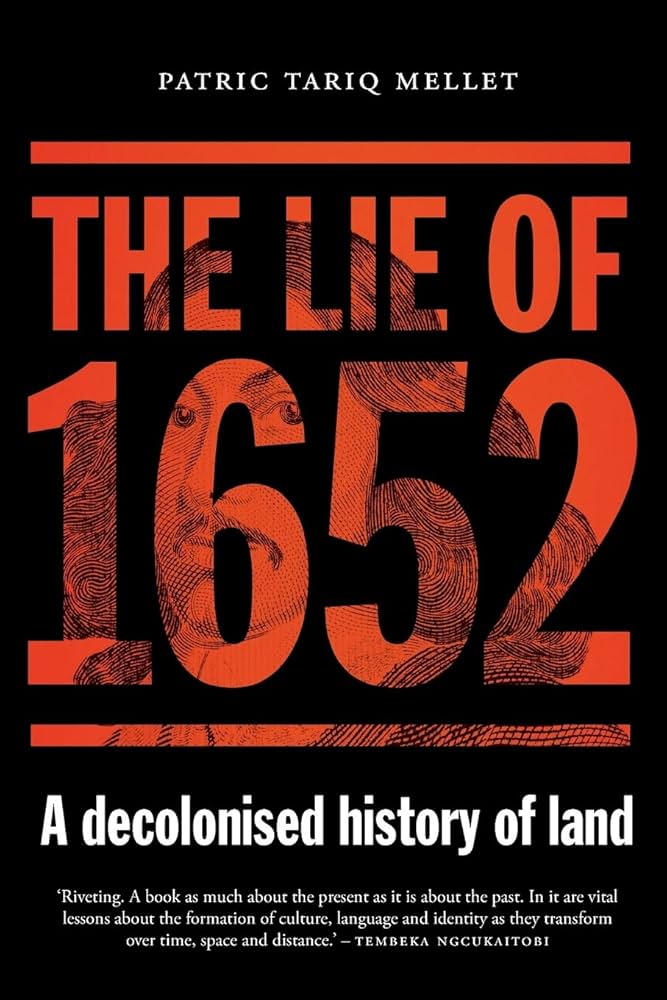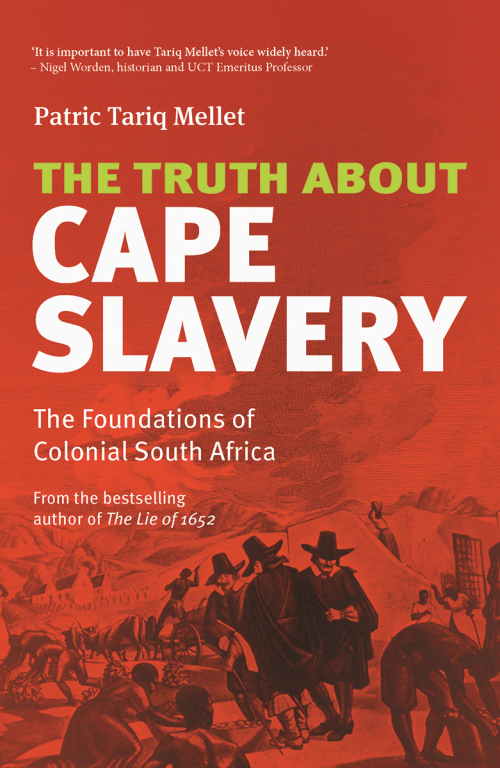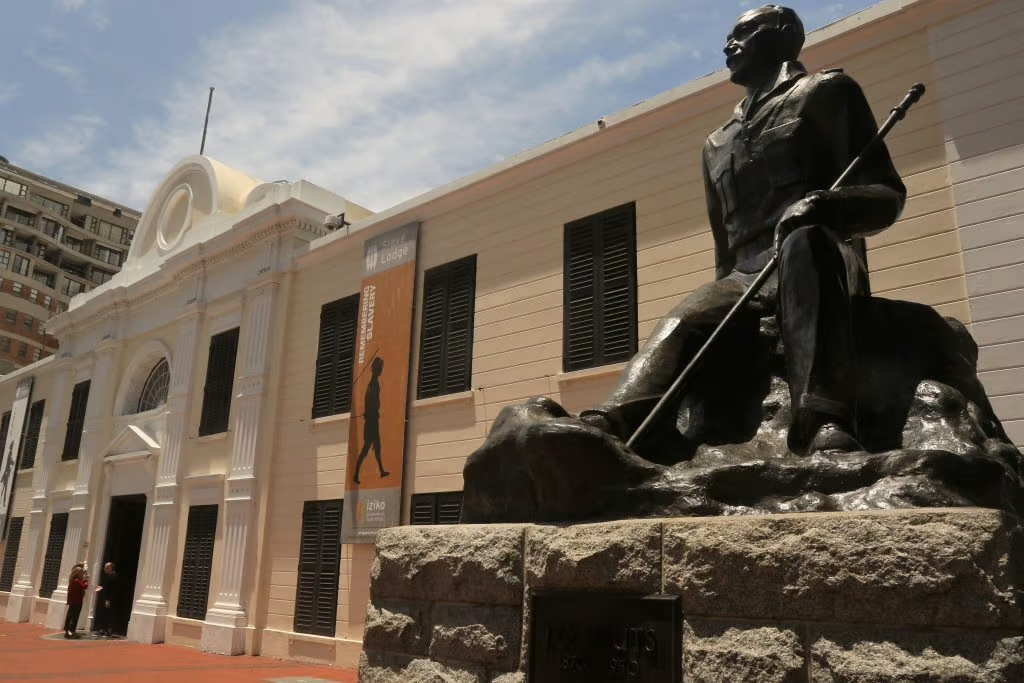Cape Town is a most popular holiday destination. The city also bears the scars of slavery that the Dutch settlers were guilty of. In his new book, The Truth about Cape Slavery, Patric Tariq Mellet challenges the Netherlands to improve on the weak apology and the lack of reparations offered in 2022 by the Dutch government and king.
Finding My Roots
I first came to understand what slavery meant when I was a young boy of eight years old. I was occasionally cared for by a German nun while my single parent mother worked at a laundry and drycleaners shop just down the road from the Holy Cross Convent in District Six. My mother wasn’t allowed to have a child with her at work at the Hanover Street shop, so she would ask customers she knew well to take turns looking after me. Sister Mary Martin of the Holy Cross Convent was one of those customers.
This German nun was devoted to a Peruvian saint who had died almost 500 years earlier. She had a statue of him in her room. Saint Martin de Porres of Lima was a black man, born to an African woman who had once been enslaved and a Spanish man. It was a peculiar sight in apartheid South Africa to see a white woman kneeling in front of a long-dead black man and conversing with him, with a smile on her face. She asked me to join her and even facilitated an introduction to Martin, suggesting to me that I should be friends with him and tell him all my problems so that he could help me out.
When Sister Mary Martin spoke about Saint Martin’s slavery roots, I asked her, what exactly is slavery? She turned to me and said that most of us in District Six had ancestors who had been brought to the Cape from other parts of Africa. Madagascar, India, Bengal and Sri Lanka (then, Ceylon), as well as from across Southeast Asia. Sister Mary Martin explained that an enslaved person was somebody who had been captured from their home area by slave traders and then had to undergo horrendous journeys over land and the oceans on ships to be sold at a slave market. Slaves could thereafter be bought and sold as property by their owners. Sister Mary Martin explained how the enslaved had no rights over their own lives and were exploited to work without any pay. She said that they lived under abusive and brutal conditions. She asked me to imagine how it must have felt to be an enslaved person.
Sister Mary Martin said that Saint Martin, himself born of an enslaved mother, helped the enslaved, the indigent and poor throughout his life. By being devoted to Saint Martin, she said, we were able to tackle the many hardships in our lives today – hardships that were rooted in those slavery times.
It was this introduction to the saint (my invisible friend, who I called Marty) that led me down the path of wanting to find out as much about slavery at the Cape as I could. Later in life, I also wanted to research my own family roots through genealogy and, even later, through DNA testing. A fire had been lit within me to explore my background. My mother’s grandmother, Francina Dampies, was from an Eastern Cape mixed community of Damasqua, amaXhosa and freed enslaved people. I would discover more that 26 ancestors in my family tree who had been enslaved at the Cape, and who had originated from other parts of Africa, India and Southeast Asia. I also spent a great deal of my time learning as much as I could about them and the system of slavery. It has been a sad and painful journey but also an inspiring one, learning about so many who rose from adversity to make invaluable contributions to our history. I learned, too, about a number of Cape Khoe Indigenous ancestors who had integrated with my enslaved ancestors and shared each other’s rich culture that today are all part of my ancestral-cultural heritage as a Camissa African.
A Weak Apology
At a global level, the king of the Netherlands, Willem Alexander, recently apologised for the Dutch role in slavery. But to many enslaved slave descendants in South Africa the apology was insufficient and the king seemed not to know exactly what he was apologising for, though he did note that he had appointed a research team to look at the bigger picture of the Dutch crown’s responsibility. The magnitude of the Dutch role in both the trade and use of slavery in the Indian Ocean arena, including the Cape, was by far much greater than its role in the Atlantic slave trade. Yet there has been little focus on it, though there is no shortage of information about the subject. Its negative legacy is still debilitating for communities to this day.
Dutch wealth and the economy of the Netherlands, and that of the United Kingdom and many other European countries, can be said to have been built on the foundations of slavery.
When King Willem-Alexander of the Netherlands visited South Africa, I presented a large part of this work to the king and the government of the Kingdom of the Netherlands, through the Embassy. I argued that they should improve their understanding of slavery in South Africa, which had been introduced and maintained by the Dutch and perpetuated by the British, and the great extent of Dutch-driven slavery throughout the Indian Ocean. In this sense this book is, in part, a formal response and testimony to the apology of the King of the Kingdom of the Netherlands, which was unacceptable in its limited formulation.
Any apology must be shaped by the real facts. Also, any meaningful apology has to embrace restorative memory and restorative justice, meaning restitution and reparations. By reparations, the descendant communities with forebears who were enslaved make it clear that each centre of enslavement in territories colonised by the Dutch should be proportionally compensated for the great financial and material value gained from enslavement, at the appropriate rates with added interest up to the present. The beneficiaries must be descendant communities and not simply the modern-day countries in which they live, or their institutions. The modalities of such restitution and reparation, bound to a formal dignified apology, should be negotiated with each affected descendant society’s community representatives.

Patric Tariq Mellet is the author of the bestselling book, The Lie of 1652. He is a member of the National Writers Association of South Africa and lives in Cape Town.
Patric Tariq Mellet’s The Truth About Cape Slavery, The Foundations of Colonial South Africa is published by Tafelberg. Order the book at your local bookstore. There is also an eBook available online.




